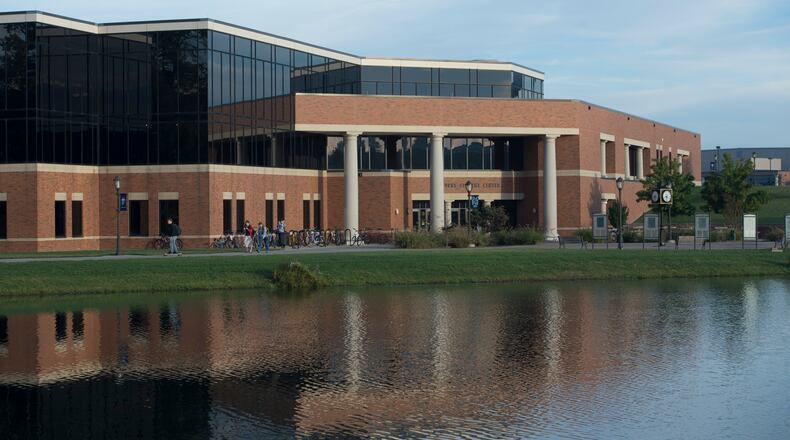Undergraduate enrollment was down 4.4% nationwide, and graduate enrollment was up 2.9%, compared to the same period in 2019, the Clearinghouse found. Community colleges saw the sharpest drop in enrollment of 9.4% compared to their pre-pandemic loss of 1% between fall 2018 and 2019.
Enrollment among international and minority students also shows a steep decline, the Clearinghouse found.
In September, the Clearinghouse reported that 22% of U.S. higher education institutions saw a 2.5% decline in undergraduate enrollment.
"The latest data update shows community colleges and freshmen continuing to show the steepest drops in enrollment, while the declines among undergraduates generally have deepened,” said Doug Shapiro, the group’s executive director.
This is the Clearinghouse’s third enrollment study since the start of fall classes. The group’s latest data is as of Oct. 22, and is based on 13.6 million enrolled students from 76% of postsecondary institutions that reports to the Clearinghouse.
College enrollment was down 3.1% across Ohio, including .6% for private institutions, according to the study.
Although Ohio fared better, college enrollment has been declining across the state the past decade, and the COVID-19 pandemic has compounded the problem, said Bruce Johnson, president and CEO of the Inter-University Council of Ohio. The latest declines will continue to have long-term impacts on Ohio, which is already behind in several areas in terms of education, he said.
The state has shortages in high skilled, in-demand positions such as nursing, scientists, accounting, engineers and others, Johnson said.
“So if you have all those shortages now, if you look forward four, five or six years, we’re going to be graduating fewer because you just can’t catch up,” he said. “I would say the state is in a difficult position, because we’re already undereducated and underprepared.”
Cedarville, UD and Antioch ― all private institutions ― bucked that national trend, as they saw overall fall 2020 enrollment increases compared to the same period in 2019.
Cedarville added 170 new students, bringing its total enrollment this year to 4,550, a 3.8% increase over last year, according to the university. The private Christian school has 522 graduate students ― an increase of 25 from fall 2019 ― enrolled in such programs as business, nursing, divinity and pharmacy.
UD has 8,652 undergraduate and 3,026 graduate students enrolled this school year, up a total of about 200 students from last fall. The undergraduate enrollment is a new record.
“In spite of the pandemic, the University of Dayton has established records for full-time undergraduate enrollment and overall enrollment this fall," said Jason Reinoehl, vice president for strategic enrollment management. “UD’s growth includes record levels of undergraduate enrollment from underrepresented student populations.”
Antioch saw the biggest percentage increase among the area’s private institutions. The school added 50 new students, bringing its total to 116 ― a 22% increase.
Sinclair’s overall enrollment is relatively flat, compared to last fall, as the school’s enrollment declined by less than 1%. However, there may be an increase after the college receives final data from the prison education program that continues to provide fall enrollment data, said Cathy Petersen, chief of public information.
Wright State’s fall enrollment is 12,234, a figure that exceeded officials' expectations, as they thought the coronavirus would have more of an impact. Still, that total is less than the 13,742 students who enrolled at the school last fall, officials said.
Central State University, the region’s public Historically Black College and University, enrollment decreased from 2,033 last fall to 1,854 this year ― a nearly 9% decline.
As a way to make up for the lost revenue and enrollment, the university teamed up with Eastern Gateway Community College, the largest community college in Ohio, which has 40,018 students, and the AFL-CIO’s Union Plus to boost their enrollment to 2,167, said Zillah Fluker, a CSU spokesperson.
About the Author

